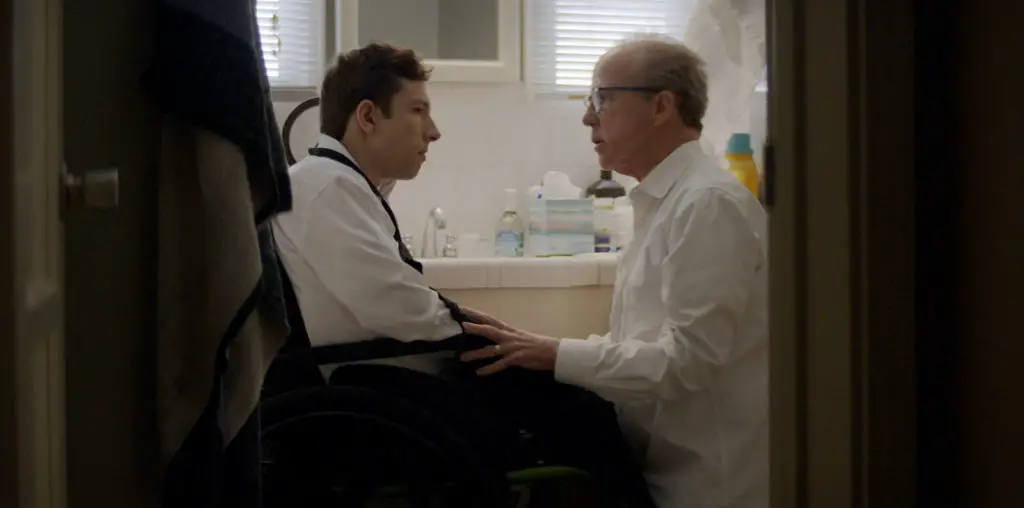
I’ve been saying it for years: Javier Bardem is one of the world’s most underrated actors. Sure, he’s the first Spaniard ever to receive a Best Actor Oscar nomination (for his performance in 2000’s Before Night Falls) and, sure, he snagged a relatively small role in last year’s Collateral, which exposed him for the first time to a mainstream American audience. But this is a guy Al Pacino called at three o’ clock in the morning to heap praises on after watching one of his films. Where are the leading roles a performer of his caliber deserves? Where are the top drawer directors who should be clamoring to work with him?
The closest he has come so far to a project worthy of his talent and a director capable of tapping deeply into it is perhaps Alejandro (Open Your Eyes) Amenabar’s The Sea Inside, winner of this year’s Academy Award for Best Foreign Language Film. It is based on the true story of a man named Ramon Sampedro who grew up in Galicia, Spain, broke his neck in a diving accident when he was still young, was left a quadriplegic and spent the next 28 years of his life fighting for the right to end it.
In trademark fashion, Bardem is barely recognizable, disappearing into the character-20 years his senior-with a little help from a make up team (also Oscar nominated for their work here) which labored over him for five hours every morning. The movie offers a partially fictionalized portrait of Sampedro’s final months and it’s a measure of the actor’s gifts that he manages to create a character who challenges, rivets, moves and charms the viewer while, for the most part, lying motionless from the neck down in a bed.
From a small room on the second floor of his brother’s farmhouse, which he jokingly calls his “kingdom,” Sampedro conducts a right-to-die campaign, writes and oversees publication of a book of poems, gradually becomes a national celebrity and submits to the ministrations of a devoted group which also includes his sister in law and nephew as well as a female assistant and a young factory worker (Lola Duenas) who bicycles out to meets him after she sees an interview with him on TV.
Belen Rueda costars as the lawyer who takes on his case. She has special insight into Sampedro’s situation because she suffers from a degenerative condition and finds herself confronted with many of the quality of life concerns he faces. To one extent or another, all of the women in his circle fall in love with him. His eyes, his smile, his voice reveal unusual tenderness, intelligence and strength. But Sampedro defines love differently than other men. The one who does truly love him, he explains, will help him die.
The film makes a strong case in favor of euthanasia always underscoring the fact that it is an argument made on behalf of one man and not all quadriplegics. In one darkly comic scene, a wheelchair-bound priest pays a visit to the farmhouse in hopes of convincing Sampedro that his life is still worth living. Since his chair won’t fit up the home’s stairway, messages are carried back and forth by the young nephew. Sampedro and the priest engage in a philosophical duel, a battle of wits the man upstairs wins handily.
“A life in this condition has no dignity,” we are told. Some will find the argument convincing. Others will agree with the publicity-seeking priest, who asserts that life belongs to God and isn’t ours to take. Viewers on each side, however, are certain to be affected both by Bardem’s mesmerizing performance (the make up people got a nomination, but not the film’s star?) and by Amenabar’s surehanded treatment of the material. The picture shifts seamlessly between personal drama, romance, courtroom suspense, moments of comedy and sequences of substantial poetic power such as those in which Sampedro dreams of soaring over the countryside beyond his window back to his beloved sea.
Rare is the motion picture which grapples with issues this provocative and profound. Rarer still is one which does so this well.

